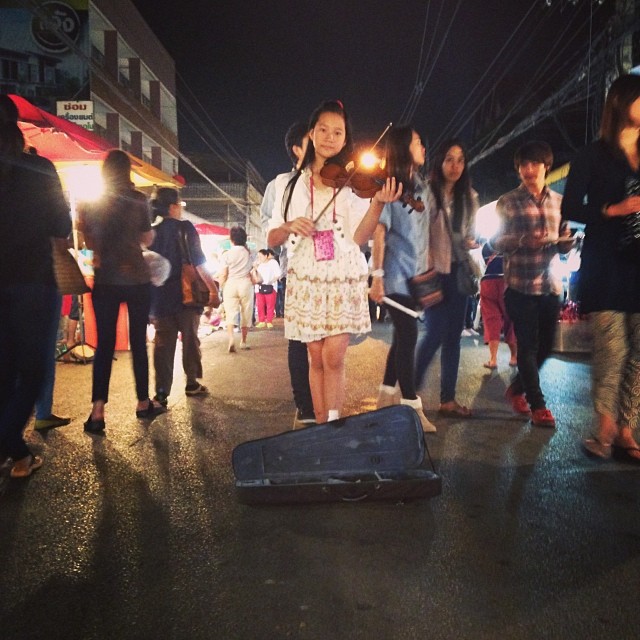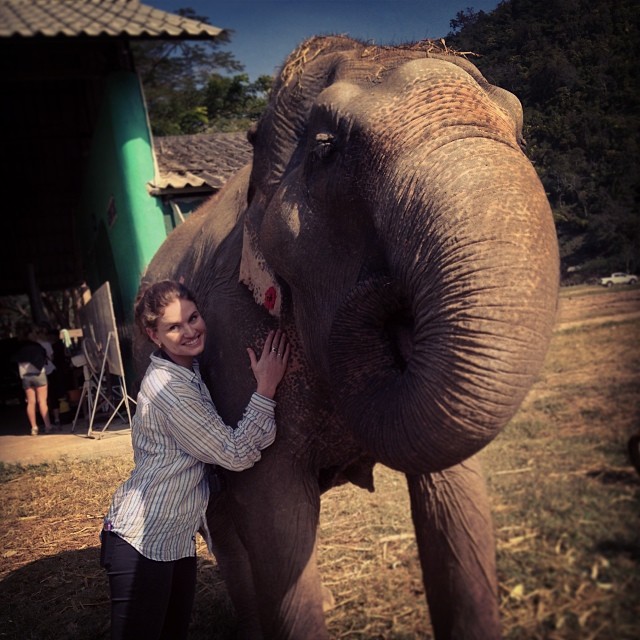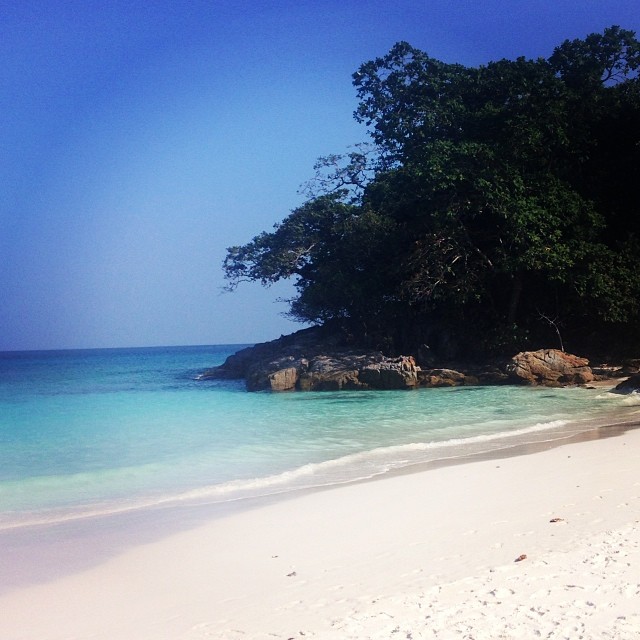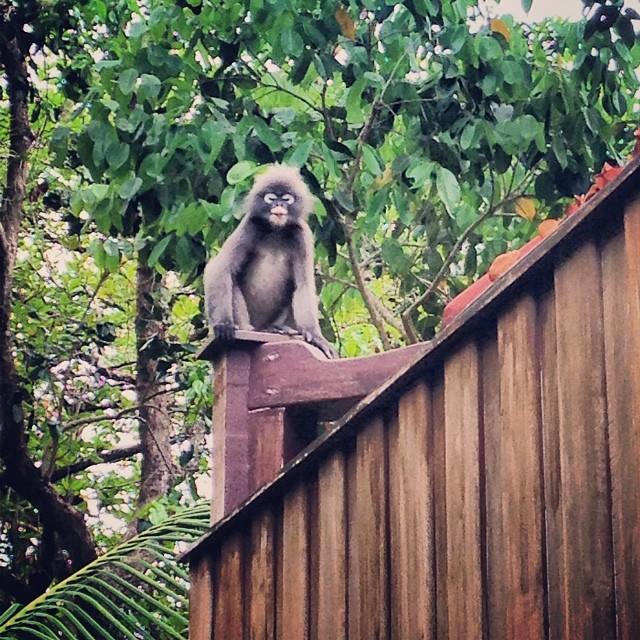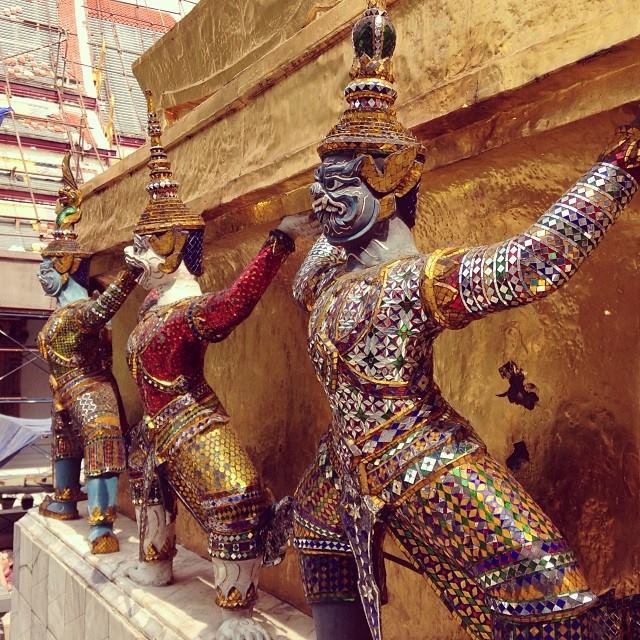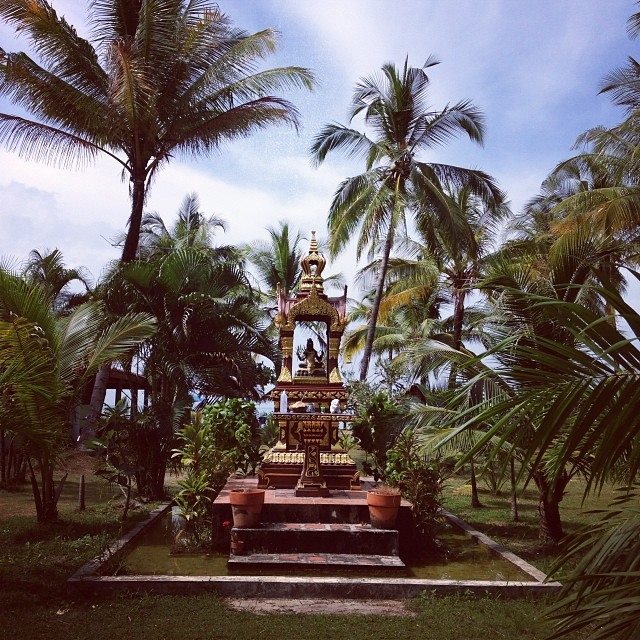One of our favorite things about becoming a Certified B Corp has been joining an inspiring global community of over 2000 companies committed to redefining success in business. Overnight, it was as though we gained direct access to a highly targeted and values-aligned focus group comprised of diverse, generous, and insightful participants in a shared pursuit of social and environmental progress.
One of these incredible companies is VPL, an award-winning fashion activewear company that started with a rebellious concept: a line of underwear to be worn as outerwear (VPL is an acronym for “visible panty line”). Today, you’ll find VPL’s innovative products on the covers of magazines, being worn by celebrities, and in stores across 25 countries. But what we find most impressive is their values: with a mission to empower women to stay fit, healthy, and educated, VPL is designed by women for women, and in everything they do, they advocate slow design and sustainable production.
Recently, we were lucky enough to connect with VPL’s CEO, Kikka Hanazawa. An investor and philanthropist, Kikka is also the founder of Fashion Girls for Humanity, a nonprofit organization dedicated to humanitarian relief.
In speaking to Kikka, we learned a great deal about slow fashion and sustainable production, including how it simultaneously benefits both business and the community. Here’s what she had to say:
VPL is very vocal about advocating for slow design and sustainable production. Can you help our readers understand what this means and what it looks like in practice?
For us, slow design is the business model that is the direct opposite of fast fashion. We evolve good designs over time to make perfect products that are unique and original. Currently the fashion industry is revolving around 2- 4 “seasons” a year when you have to show new designs. Many designers cannot come up with good original designs so fast so they just end up copying ideas or products from other designers or brands— a process which people call “trends” or “knock offs.” With this fast fashion system, consumers, especially in the US, have been encouraged to buy more than they need. This overconsumption comes with a social cost of increased carbon footprint, sweat shop labor, inferior work environment (as illustrated by what happened in Bangladesh), unfair wages, etc. Additionally, designers who spend a lot of time and money coming up with original designs are consumed by the fast fashion system, and their businesses are often not sustainable.
I think sustainable apparel companies, like fellow B Corp Patagonia, have signature products, such as a fleece and down jacket, for which they are known. Their business model is not about chasing fashion trends or knocking off other apparel brands. We call this slow design. It’s not only a good business model, but it is sustainable and ethical.
We at VPL have many designs that are original and unique, and we try to make the fit and details of our products perfect over time…sometimes over years. It's important that we keep evolving gradually around core and signature designs, as opposed to designing based on a fashion calendar or season. And for sustainable production, we have been up-cycling leftover fabric from past production. We deliberately came up with designs that feature a color blocking system, which allows us to re-use fabric from before. Ultimately, slow fashion and sustainable fashion are in sync.
You mention that this also helps keeps prices stable. Can you explain how?
I think that there are a few apparel companies that are conscious of their waste, but most are oblivious. We are all guilty of ordering fabric of which we don’t end up using more than a few yards (10-20 yards used out of 70-100 yards ordered for just sample yardage alone). This is because of overestimates or what we call a “fabric minimum order” that’s imposed by the mill. Typically, those sample yardages or leftover fabric from production are discarded and never used again.
If we are all designing less, people can actually have time to track this leftover fabric, but most don’t currently have the time due to the grinding “fashion” calendar schedule. We, on the other hand, deliberately created designs that include many different fabric parts where we simply plug in other fabrics. It’s more of a design decision than anything else. But for production, it’s easier if we’re using fewer materials for each style.
We also developed a software program that made it easy for us to organize our production. Several years ago, we demonstrated how we do this at the CFDA Lexus Eco Challenge award reception.
I think that if fashion companies are more deliberate in designing styles that can “upcycle” these leftover fabrics into new products, they can reduce their waste tremendously.
You mention that the savings from this upcycle program are used to support women through your education fund. How do you select the education initiatives that you fund?
We use the saving of not buying new fabric for certain parts of our garments to give to our education initiatives. That is $8 per garment.
We then select initiatives from donorschoose.org. This is a great online resource where we can fund initiatives we like based on a category, such as technology, or women, and give money directly to those in need, bypassing nonprofit organizations. In this way, we ensure 100% of the money we collect from our customers goes directly to the classroom.
Do you think your impact initiatives have an effect on your business?
I think that doing something good on our part does not influence customers to buy our goods, but for modern consumers it is important that they are buying from companies that have clear social missions or initiatives. Kind of a requirement or pre-requisite. In other words, if they have a choice, they will go with the company that does something good for society.
In your own personal opinion, why is it important that you are a woman-led company?
We get things done, and I think we work more collaboratively for the benefit of our community.
The factories you work with are women and minority owned -- do you have any other criteria for the factories you work with?
Pay fair wages. No child labor involved. No discrimination.
Do you believe sustainability and social impact initiatives to be financially smart investments? Why or why not?
Yes. In the long run, I think that companies with double bottom lines perform better in terms of financial returns as well.
What is your advice for a young brand that wants to make a difference, but isn't sure how to go about it?
I think that addressing all problems related to apparel production is not possible. It’s best to pick one issue (organic, domestic, sustainability, etc.) and do it well. Regardless of social impact, products must stand on their own as unique and original before anything else. A social or environmental impact is an added benefit, but try to incorporate it into your system of production early on, because to change the course later is hard.
In terms of your impact initiatives and/or commitments, what's next for you as a brand?
Supporting technology and women…through clothing. Again, we have to start somewhere so we will do it through our clothes and allocate funding to tech education from early ages for women.
To learn more about VPL, you can check out their website here or follow them on Facebook and Instagram. Have additional questions for Kikka? We’re happy to pass them along! Just note them in the comments below or reach out to us via email. And if you’re looking to build out your own impact initiatives, be sure to get in touch with us here. We would absolutely love to help you!








